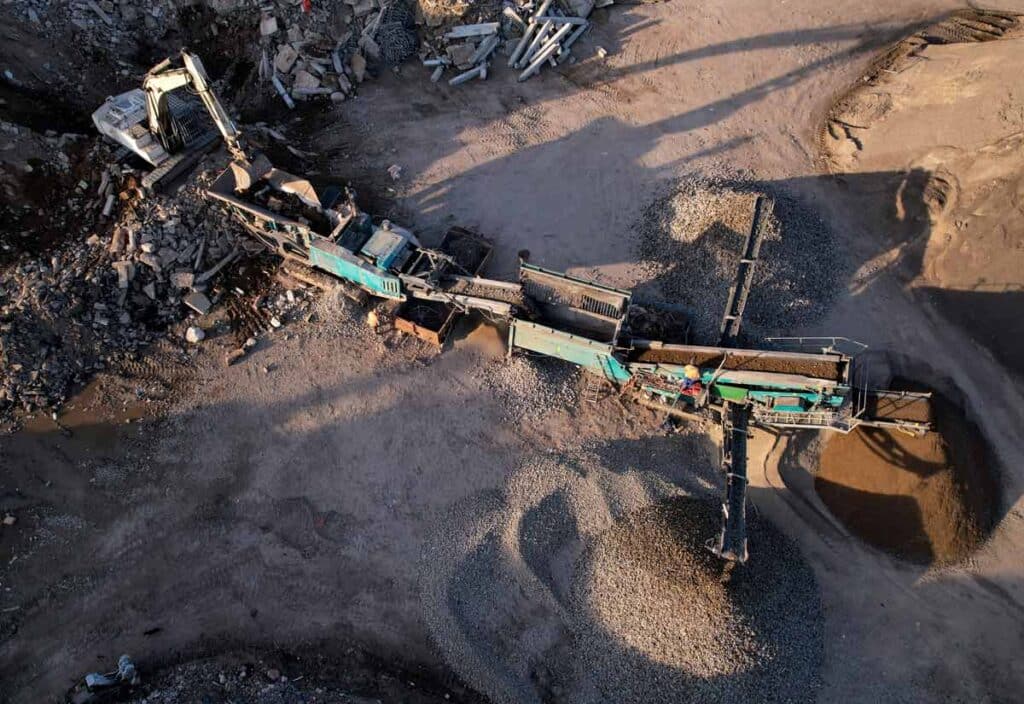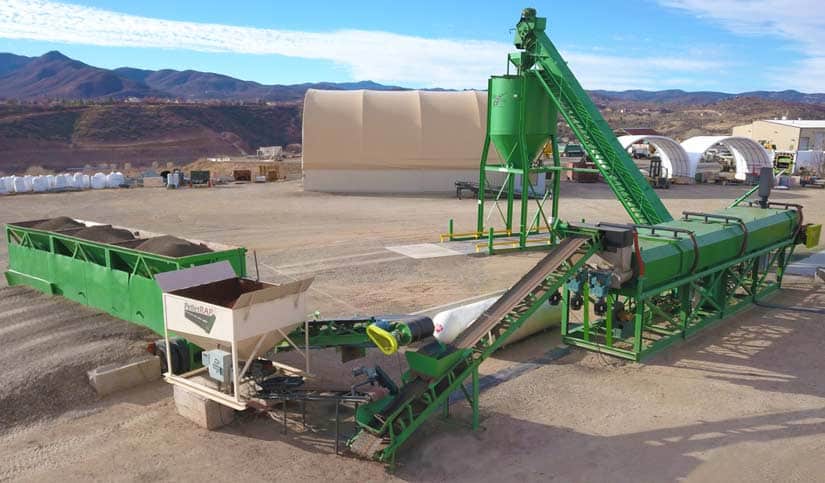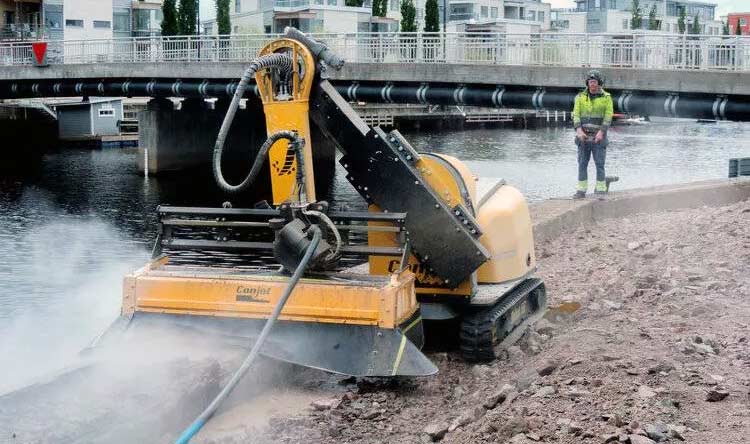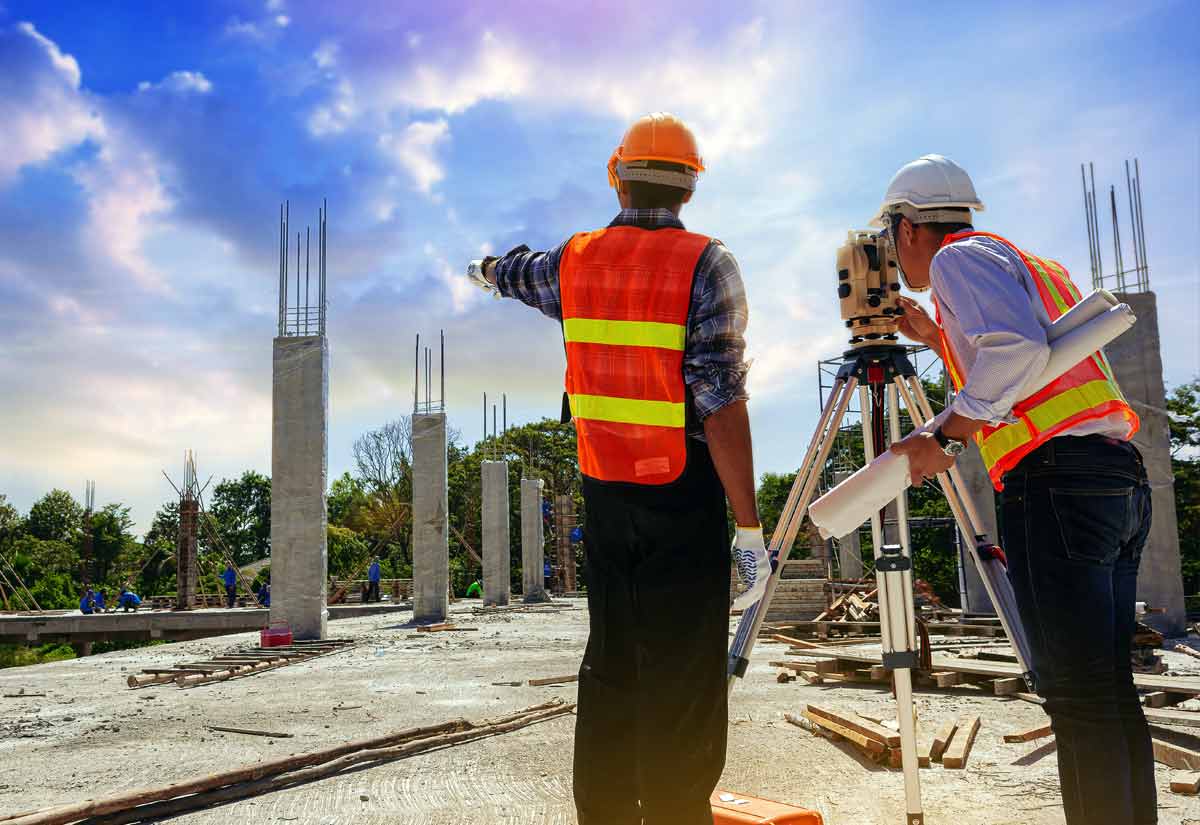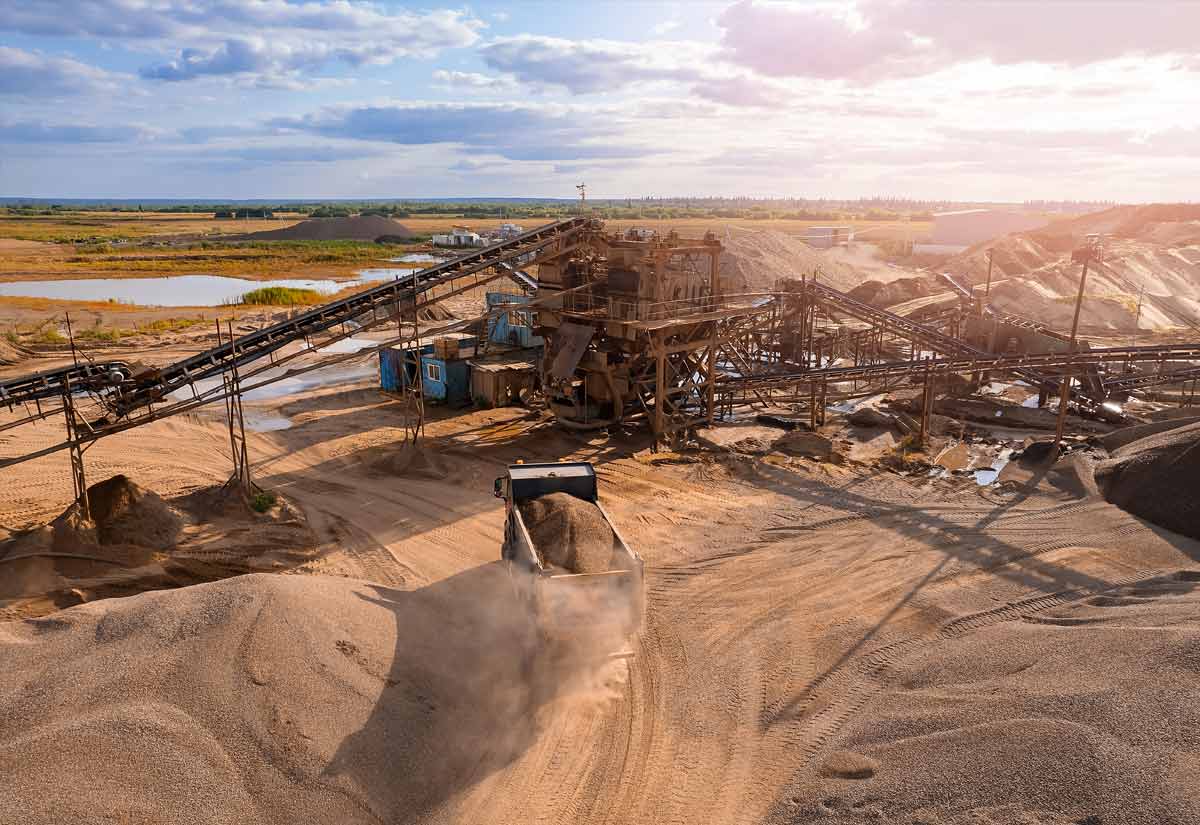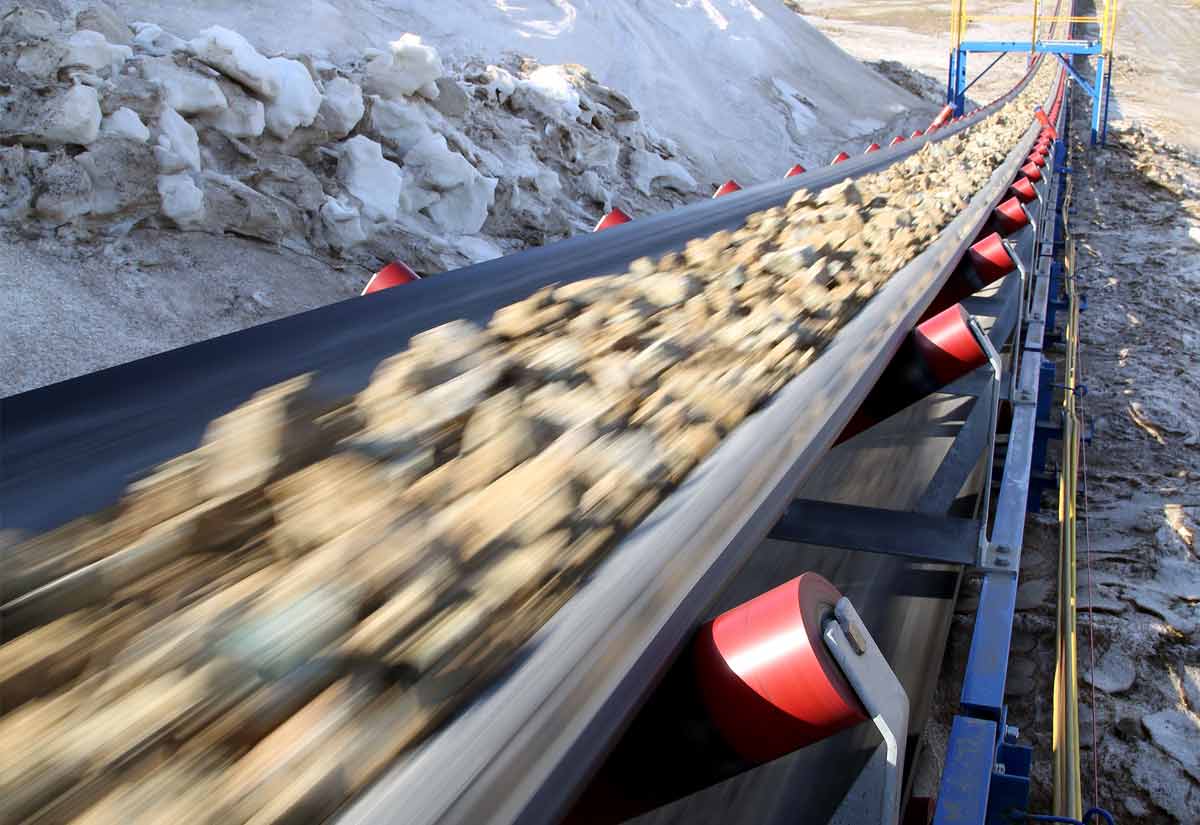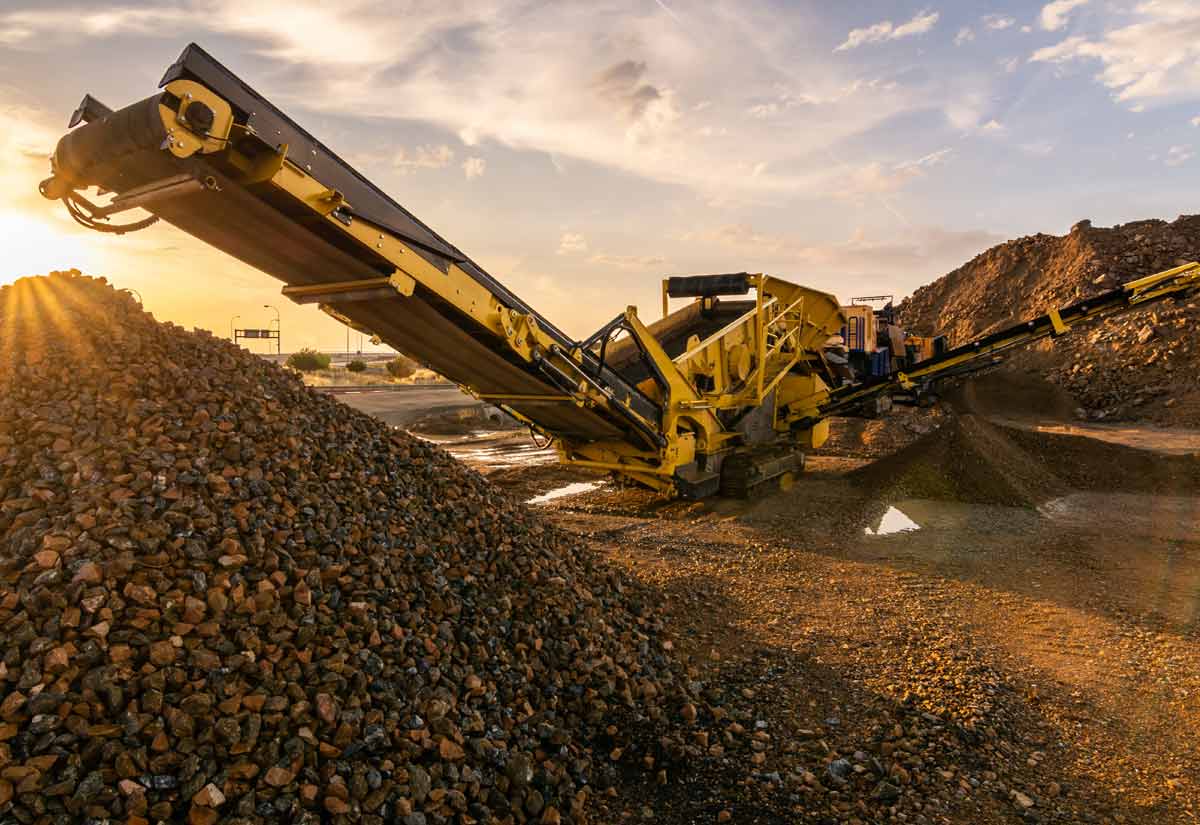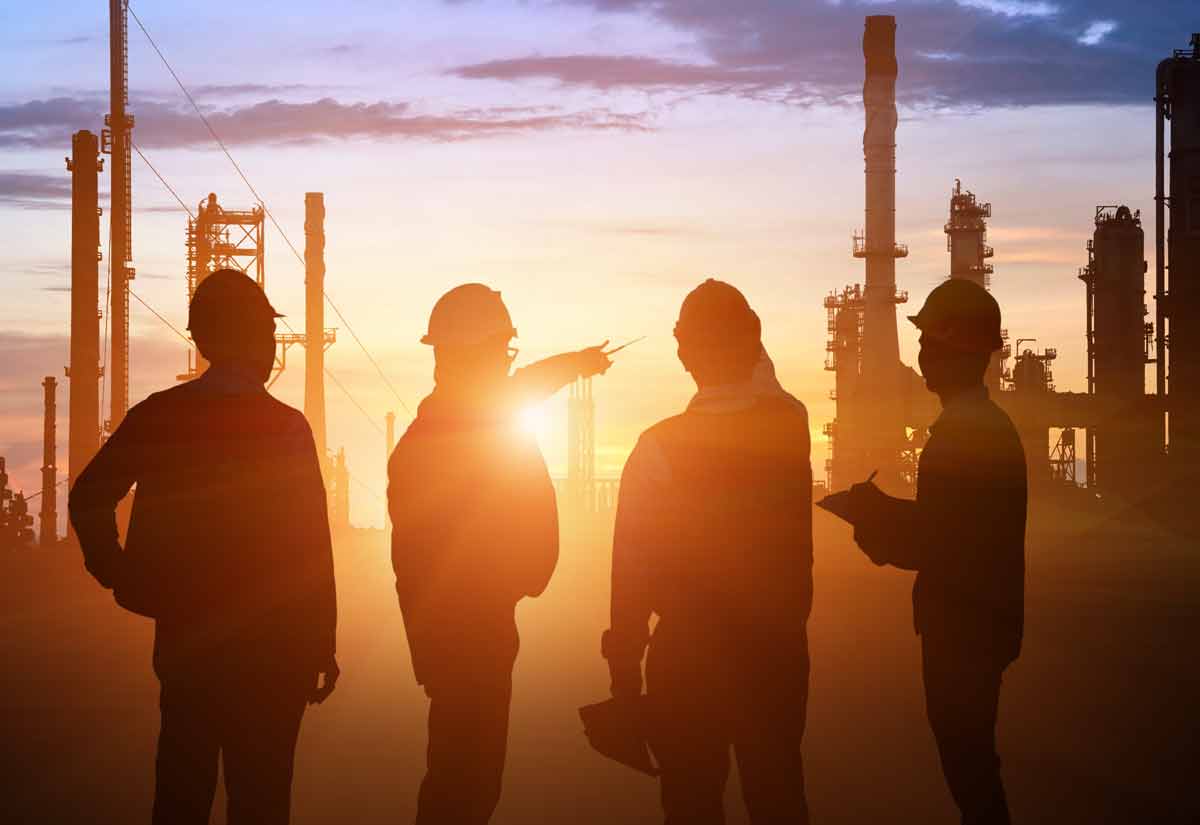Resource Erectors Industry Watch Q3 2022
In part 1 we looked at the rising demand for recycled gypsum in the booming construction industry of 2022, and how building contractors are even more under the gun when it comes to the high cost of material production and eventual transportation to job sites.
Under runaway inflation and senseless fuel spikes, the cost of extraction and logistics has made every raw material a precious material.
Recycling in concrete, asphalt, and aggregates reduces the need for expensive “virgin” material in the mix. Even better, the resulting products with precise amounts of digitally formulated recycled materials usually chalk up higher performance numbers in bonding capacity and strength.
The question now is how close to 100% Reclaimed Asphalt Pavement (RAP) can we get?
Asphalt is already the most recycled material in the US. According to the Federal Highway Administration, 73 million tons of RAP is used each year. That’s nearly two times as much as paper, plastics, glass, and aluminum recycling combined.
Now one innovative asphalt company is shooting for a 100% RAP mix to fulfill demand in the voracious asphalt paving market. And for a blog series about “Recycling on the Rise” what better company to spotlight than a Phoenix rising from the ashes. But in this case Phoenix Industries is rising from the rubble of old tire rubber.
Phoenix Industries RAPPro Plant Puts More Rubber Back in the Road
This rising company is literally putting more old tire rubber back where it can do the most good, on roads, parking lots, bases, and driveways. Phoenix Industries’ new RAPpro Hot Mix Asphalt plant was designed from the ground up to serve the growing market for the paving asphalt grade known as “contractors mix”.
“Each year approximately 390 million tons of HMA [Hot Mix Asphalt] are produced in the U.S. Of that, 125 million tons are used in the commercial/residential (non-agency) secondary market generally referred to as “Contractors Mix ”. Much of this has less stringent requirements for work such as base mixes, driveways, parking lots and private commercial & residential development roadways. This contractor’s mix market is ideal for RAPpro plants. Because of the unique ability of the RAPpro to efficiently produce a high-quality mix from 100% RAP and reclaim the AC [Asphalt Concrete] value and recycled aggregates, the mix production costs are far less than typical hot plant produced mix.” – Phoenix Industries RAPpro 110TPH
No Compromise to Asphalt Performance With RAP Mixing Technology
The most recent advanced paving technology to catch our industry-watching eye was way back in 2021 when we took a look at the finished product end. Trimble’s 3D Paving system provided remote, precision asphalt paving control to move the paving industry into the digital age for quality highway construction. And nobody can claim that the aggregates sector overall hasn’t responded responsibly to address environmental issues, where “carbon neutral” has become an industry-wide keyword.
Phoenix Industries brings advanced mixing technology to the raw materials end of the AC paving supply chain. Their innovative RAP110 can ease environmental permitting problems by eliminating the huge storage drum and the continuously heated airstream required that gets the local green giant activists up in arms. Phoenix even markets their environmentally friendly RAP product as Double Green Pavement.
Green considerations aside, plant managers can reap a host of OPEX savings that boost the bottom line and other practical benefits including:
- Offering the lowest carbon footprint of any asphalt pavement being produced.
- Eliminating the need for virgin aggregates and the energy and expenses to mine and transport them.
- The AC coating of the RAP is reused to reduce the need for new refined AC.
- Reduce the need for AC storage at elevated temperatures
- Eliminates heated storage tanks
- Patented design heats only the hot mix being produced
- And most importantly for the plant manager’s bottom line: Asphalt Recycling has a savings or profit potential of $30.00 to $80.00 USD per ton of material recycled.
Restoring Concrete Structures With Hydrodemolition
The concrete industry is well aware of the enormous amounts of energy and mined materials it takes to produce the world’s favorite, and arguably the best, all-around durable construction material.
“In 2021, approximately 107 million metric tons of cement were shipped to final customers in the United States. This represents a peak in cement shipments after a continuous rise since 2010.” – Statista Report
Like the asphalt sector, the cement industry has responded to “green pressures” in the quest for sustainable concrete. We’ve seen new composites that reduce the amount of Portland cement required, and “green concrete” in one form or another is always a topic of conversation among concrete professionals. Tires and reclaimed rubble are also part of the formulas that make concrete greener and stronger every year, as we discussed in our 2021 article here at Resource Erectors.
Now engineers are looking to hydrodemolition techniques to restore concrete structures that provide highways, bridges, tunnels, and shelter. Over 70% of the world’s population live in structures that contain concrete, the most natural disaster-resistant building material available. (Only one other substance on the planet is consumed more by human society. That substance is water! )
“Hydrodemolition offers one of the most ideal methods of repairing, extending, and optimizing the life of the concrete structures while minimizing waste by using high-pressure water jets to precisely remove concrete.” – Making Concrete More Sustainable Through Restoration
While the term “hydrodemolition” conjures up images of massive concrete destruction via high-impact water blasting, the technique is actually robot precise. Concrete waste is reduced by precisely removing only the damaged and fractured concrete with the meticulous application of water jets at lower pressures. Slurry and water from the process are also recyclable, so nothing goes to waste.
Rebar can be perfectly cleaned and descaled. The use of carefully aimed water jets eliminates the risk of microfracturing that can occur with high-impact mechanical methods such as jack hammering and chiseling. The “rough, craggy” surface left after hydrodemolition provides “ the ideal texture for bonding new material” according to the enthusiastic report at Concrete Contractor.
The difference in life extension for concrete structures using hydrodemolition for concrete repair is significant, with a rejuvenated life expectancy of 21-35 years. That’s decades of restored concrete life with higher pull-off strength after hydro, versus a 7-12 year life extension with traditional mechanical chiseling, according to the Swedish Cement and Concrete Research Institute.
Aggregate Careers on the Rise at Resource Erectors in 2022
At Resource Erectors six-figure salaries and competitive career opportunities abound in aggregates, industrial minerals, concrete, asphalt, and all the mines and quarries that produce the essential raw materials our nation is built on. When it’s time to build your dream team we bring decades of heavy industry human resource recruiting experience to the table.
If you’re ready to make a move in your professional heavy industry career you’re ready for Resource Erectors so don’t hesitate to contact us today so we can all get to work.
